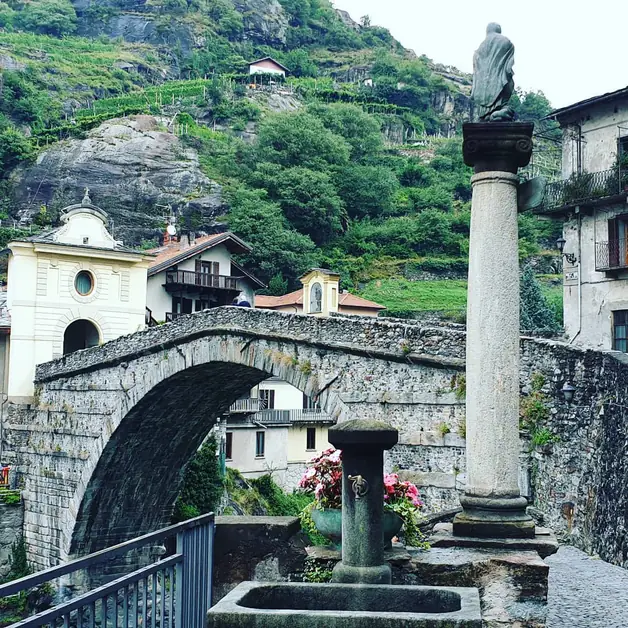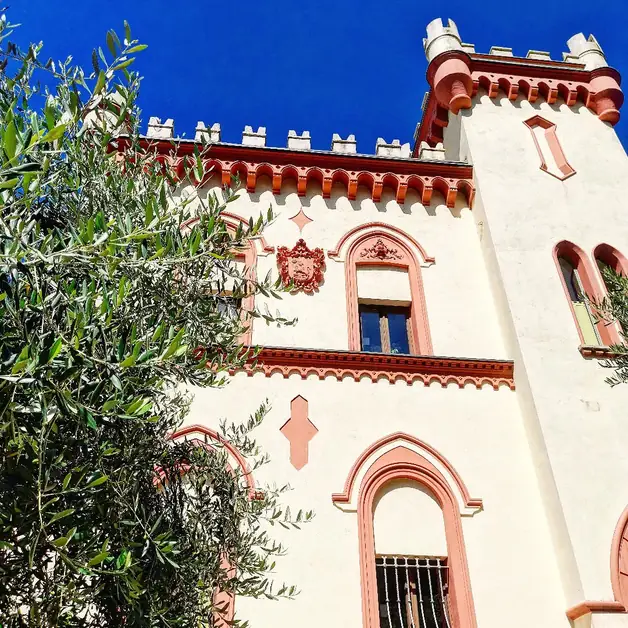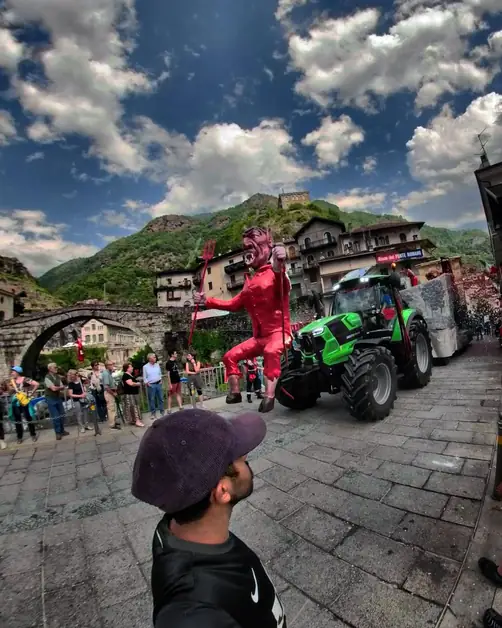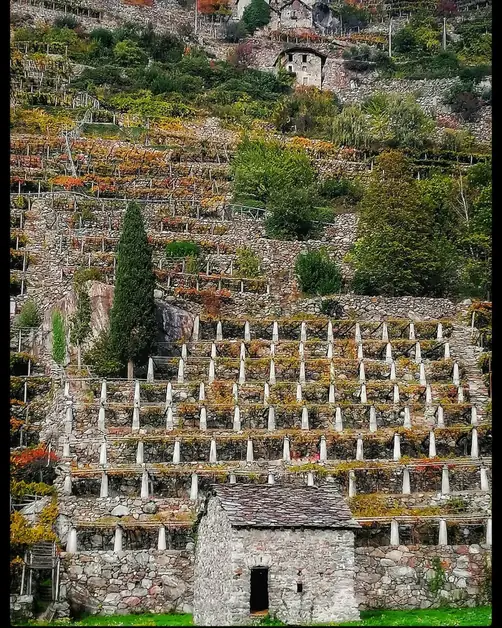Hidden Wonders of Pont-Saint-Martin in Aosta Valley
Pont-Saint-Martin offers history, architecture, and legends to explore.

What to see in Pont-Saint-Martin in Aosta Valley?
Pont-Saint-Martin is a small village at the entrance of the Aosta Valley, often underestimated, but rich in history, architecture, and legends. It is the ideal first stop for those entering the region from Piedmont. Perfect for a half-day visit, it offers picturesque views, Roman-era monuments, medieval castles, and local museums. Let's explore its main attractions together.
Why is the Roman Bridge of Pont-Saint-Martin so famous?
The Roman Bridge of Pont-Saint-Martin is undoubtedly the most well-known attraction in the town. Built in the 1st century BC, it represents a rare example of a single-arch Roman bridge still perfectly preserved. The lowered arch measures 31.55 meters in span and reaches a height of 25 meters over the Lys stream. This bridge was part of the consular road of the Gauls, which connected Italy to Gaul. For centuries, it was the only link between the two banks of the Lys, remaining in operation until 1836. Its roadway, 5 meters wide, still retains traces of ancient pavements, including cobblestones and slabs engraved to facilitate the passage of animals. It is one of the best-preserved Roman bridges in northern Italy, and crossing it on foot is truly a suggestive experience.
What is the legend of the Devil's Bridge?
Every Roman bridge has its legend, and the one in Pont-Saint-Martin is no exception. It is known as the Devil's Bridge. According to tradition, the devil proposed to Saint Martin to build the bridge in a single night. In return, however, he demanded the soul of the first living being who would cross it. Saint Martin agreed, but in the morning he threw a piece of bread to the other side of the bridge. A hungry dog ran first and crossed the bridge. Thus, it was the dog's soul, not a man's, that was "offered" to the devil. This infuriated him, and he disappeared into the waters of the Lys stream. This legend is still celebrated today during the historical Carnival of Pont-Saint-Martin, with masks, fires, and costume parades.
What makes the Church of Fontaney special?
About 750 meters from the Roman Bridge, there is a little-known but very interesting church: the Church of Fontaney. It is immersed in greenery, hidden among cypress and boxwood, and can be reached on foot in about ten minutes by following Via Perloz. It was built between 1590 and 1595 by Baron Pierre di Vallaise and was originally dedicated to the Precious Blood of Jesus and the Blessed Virgin Mary. The interior, with three naves, is enriched by frescoed pillars from 1726 depicting scenes from the lives of saints, including Saint Martin. The facade also retains valuable Renaissance frescoes. The bell tower has collapsed, but the atmosphere remains filled with spirituality and ancient charm. In 1904 it was at risk of demolition but was saved by the parish priest and in 1910 was declared a national monument.
What to see at Baraing Castle?
Baraing Castle overlooks the village from a panoramic cliff. It was built in neogothic style in 1883 at the behest of Dr. Pietro Annibale Baraing, who made it his personal residence. Surrounding the castle are greenhouses, fountains, and a decorative garden that give the building a romantic appearance. In 1931, the castle was donated to the municipality of Pont-Saint-Martin and became the town hall. Today it houses the headquarters of the Mont Rose Mountain Community and is not accessible inside, but can be observed from the outside, especially for those who love 19th-century architecture.
What is the history of the Old Castle?
The Old Castle is the oldest fortification in the village. Located on a rocky promontory, it was built in the 10th century to control access to the Aosta Valley and the Gressoney Valley. It was expanded in the 13th and 14th centuries, and in 1214 it came into the possession of Guglielmo di Bard, of the De Bardo family. This family governed the area for centuries until 1737, when the castle passed to the Vallaise and was finally sold in 1813. Today, among the ruins of the Old Castle, the irregular walls, the Romanesque chapel, the semicircular apse, and the remains of the stone-arched fireplace stand out. It is a suggestive place for those who love medieval ruins and panoramic landscapes.
What is the Casaforte l'Castel?
In Via Castello, in the heart of the historic center, there is the Casaforte, also known as l'Castel. This building was constructed between the 15th and 16th centuries and was the residence of the local lords. The massive and square structure develops over four levels: The ground floor and the noble floor were the areas inhabited by the nobles. The top floor, simpler, housed the service areas. The basement served as a warehouse and space for agricultural processing. Externally, there is a protruding body supported by stone brackets, as well as original stone and lime walls and a wooden balcony. After the restoration in 2012, the casaforte became a museum and cultural center. Inside, there are: Period furniture, Drawings by Francesco Corni, Sculptures by Cristiano Nicoletta. An ideal place for those who love art, history, and local culture.
Why visit Pont-Saint-Martin during a trip to Aosta Valley?
Pont-Saint-Martin is a perfect destination for tourists looking for a stop rich in history without sacrificing simplicity. It can be visited in half a day and offers: Roman history, with the symbolic bridge of the city; Religious architecture, among frescoes and ancient churches; Castles and medieval ruins, with panoramic views; Museum spaces, for those who love art and culture. It is also a strategic base for reaching the Fort of Bard, the lateral valleys, and the first hiking stages of the region.


